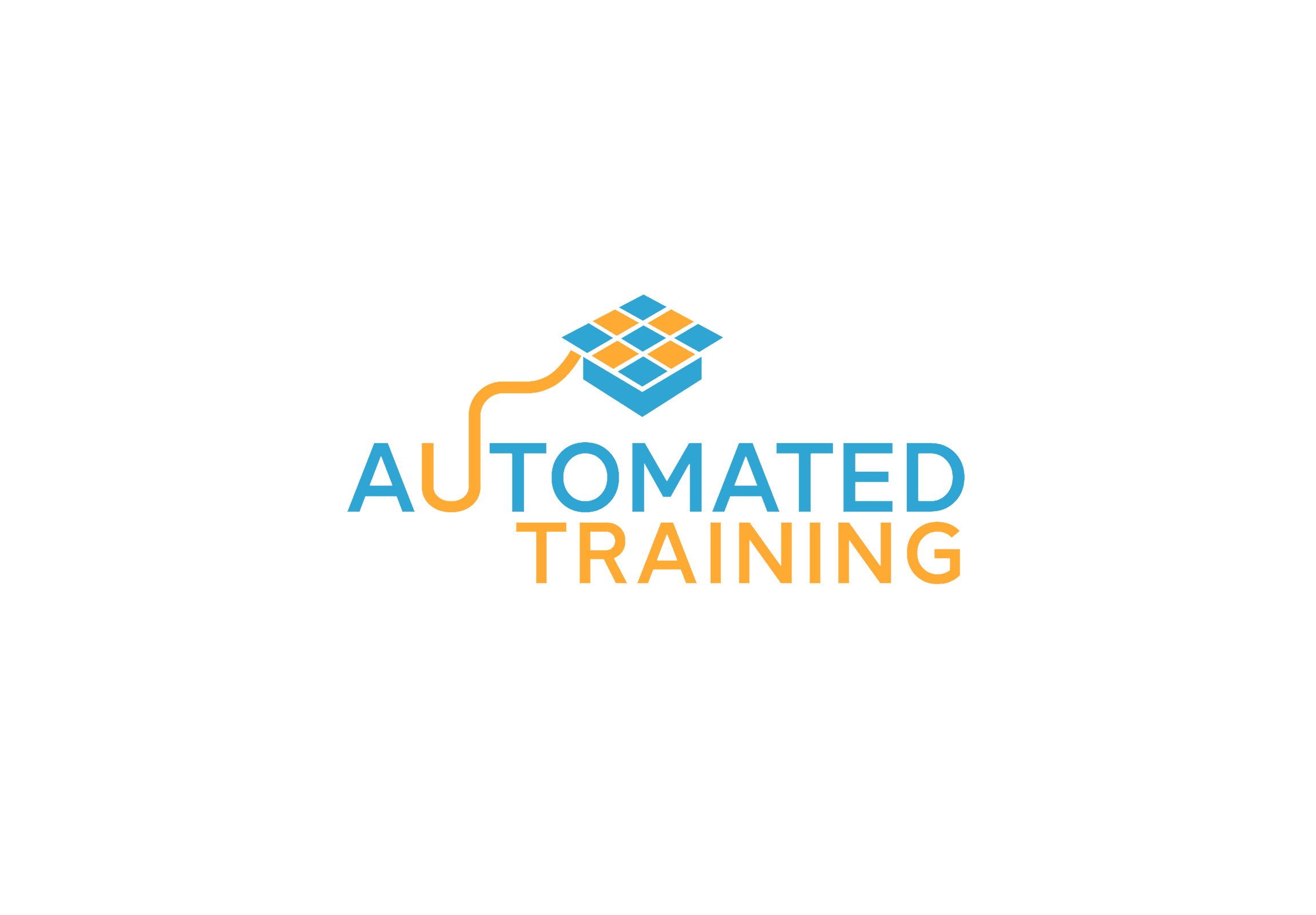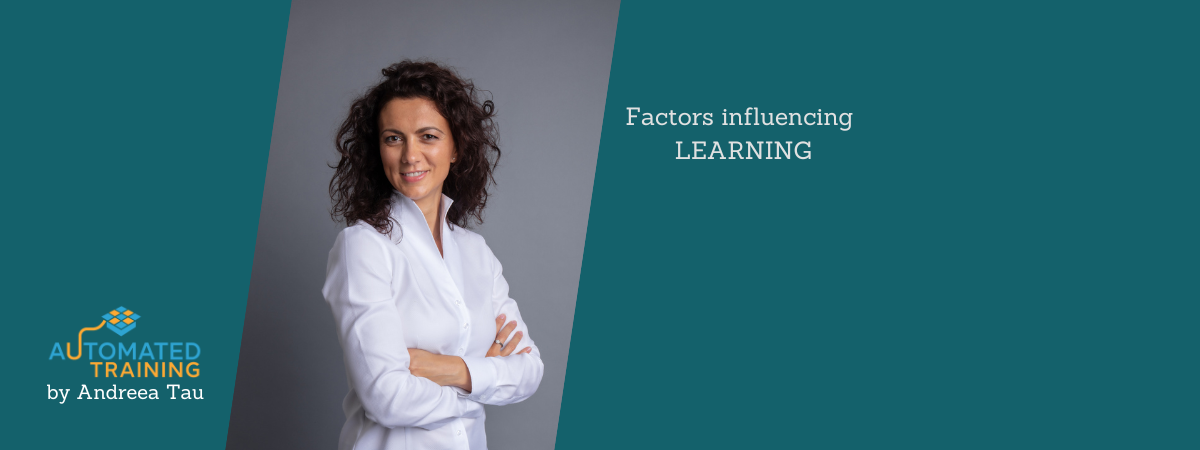We learn our whole life, but do we know how we learn? Do we know we memorize and how we use the different types of memory that we have?
In order to understand how we learn and memorize we have to understand memory and the 𝐭𝐲𝐩𝐞𝐬 𝐨𝐟 𝐦𝐞𝐦𝐨𝐫y that we have.
Where do we store what kind of information, and for how long?
Memories are not important only for learning but also for placing the entire life into a context. What is specific only to the human brain, is the ability to place events in the past, present, and future. So when talking about memories, we talk about how the immediate experiences relate to previous and future experiences.
Any time you experience something, a specific set of neuros are being activated. And memory is a bias in the likelyhood that a specific chain of neurons will be activated again.
We have 4 types of memory, each one has its own specialty and particularity. Let’s dive in and find out!

The types of memory classified, by how long the information resides, point to those two:
- Short-Term memory
- Long-Term memory
With such intuitive names, it is not necessary to detail which one holds information shortly, and which one “a la long”. And because the short-term memory contains no further classification I will start with this one.
1. Short-Term memory
1.1.𝐖𝐨𝐫𝐤𝐢𝐧𝐠 𝐦𝐞𝐦𝐨𝐫𝐲
Of all types of memory, short-term memory is the shortest one. It holds only the most recent information related to the ongoing activity.
For example, working memory allows us to keep in mind a phone number during the time it takes to dial it.
Nowadays we are not dialing phone numbers anymore because they are saved on our smartphones. We don’t memorize routes because we use google maps. We don’t memorize shopping lists because we go shopping with a digital list, in some cases created by the fridge itself. And this is how, step by step and “helped” by technology, our short-term memory became shorter.
George Miller, the founder of the cognitive psychology field, wrote that the average human can hold in short-term memory is seven items. Of course, as in any other field, a deviation of plus-minus two is accepted. More recent research shows that nowadays our short-term memory shrank and holds only five items. If you are curious about how long your short-term memory is test it using this video.
In order to improve our working memory, we can make use of different memorization techniques like mnemonics and Loci methods. Those methods use our brain’s ability developed over millions of years to memorize and recognize places and images. The main responsibility of our brain is to keep us alive. And not to make us happy, as many would desire. Due to this, for many millions of years, it was crucial for our survival to learn and remember where the shelter and water source were located. To identify the poisonous plants. Mnemonics, a method of memorization based on images (explanatory video), and the Loci method based on locations (explanatory video) are very helpful in improving short-term memory.
2. Long-Term memory
The long-term memory type is further classified in
– explicit memory, contains the conscious memories. In this type of memory, we record information intentionally and sometimes even force ourselves to record. The explicit memory consists of episodic and semantic memory.
– implicit memory, contains unconscious memories. The type of memory we record information without being aware or with no intention of recording them. The implicit memory consists of procedural memory.
The explicit types of memory
2.1 𝐄𝐩𝐢𝐬𝐨𝐝𝐢𝐜 𝐦𝐞𝐦𝐨𝐫𝐲

As the name suggests, episodic memory stores episodes of personal experience, events, and unfolded episodes from our daily life. And together with their context: when, how, where, with whom happened.
Examples of episodic memories: what you had yesterday for breakfast. What you wore yesterday at work, what Santa Claus brought you last Christmas. The last one would be more difficult to remember but not impossible.
The part of the brain that 𝐫𝐞𝐜𝐨𝐫𝐝𝐬 episodic memories is the 𝐡𝐢𝐩𝐩𝐨𝐜𝐚𝐦𝐩𝐮𝐬. This is situated in the reptilian brain, the oldest brain structure that we have. And this is responsible for rapid learning. The hippocampus records the information and holds it only for fast access. But it will not remain here forever. The brain will move this information overnight during the REM sleep phase in the prefrontal cortex.
Research has identified two brain regions that are critical for the retrieval of episodic memories:
1. medial temporal lobe
2. prefrontal cortex
Different factors influence the structures responsible for information retrieval. Like how much practice was involved, the individual experiences, differences, and genetics.
Particularities of episodic memory
The duration of the storage in episodic memory largely depends on:
1. The attention that an individual gives to it.
You might remember what costume wore the person that was introduced to you last week at the party, but not his name. The costume got your attention, the person not really.
2. The level of emotion at the moment of recording.
High levels of emotions, store the information with more details and for a longer time or even forever. The retrieval is also influenced by the level of emotions. You retrieve with no effort and sometimes even automatically, based on triggers that were present in the environment at the time of recording. The same stands for the memories stored under the high level of emotions: happiness or sadness. The smell of cinnamon and apples makes you immediately remember Christmas times and pies. Because it is correlated with moments of joy.
𝐀𝐦𝐧𝐞𝐬𝐢𝐚 is “the disease” when people fail to collect episodic memories.
2.2. Semantic memory
![]()
![]()

This type of knowledge is general knowledge. Mainly concepts and facts in other words semantic memories. The semantic memories are what we know about the world. And also what we “exchange for money” in the so-called making a living.
Semantics from Ancient Greek is the study of meaning, reference, or truth.
Examples of semantic memories: the language grammar rules, mathematical formulas, principles of physics, history, etc.
Semantic vs. episodic memory
Here is an example to help differentiate between those 2 types of memories: semantic and episodic. The knowledge that watermelons are round and big, green on the outside and red and sweet on the inside, is part of semantic memory. Whereas the knowledge about where and with whom you ate the last time a very good and sweet watermelon is part of episodic memory. To easily distinguish between those types of memories:
-semantic memory stores facts,
-episodic memory stores episodes/events.
The brain moves, during the night, in the REM (Rapid Eye Movement) sleep phase, the information gathered over the day into semantic memory. It extracts the information, generalizes it, and integrates it into our vast library of knowledge. There are debates related to the location where this library is located in our brain. Where the semantic memories are stored. The three suppositions are that:
- the semantic memory shares the same place with episodic memories in the medial temporal lobes
- semantic memory resides in the temporal neocortex
- some support the idea of having semantic memories distributed across all brain
You store semantic memories a bit more tedious than storing episodic memories. Because, in the case of episodic memories, which are episodes from your life, the information enters through your senses. Semantic memories depend on contextual information and some knowledge is acquired directly. But some indirectly through generalization. For example: knowing that pear trees photosynthesize allows us to infer that lemon trees also photosynthesize. This was a generalization.
How do we learn in semantic memory?
Through repetition and association.
1.Through repetition
Through repetition, we activate repeatedly the neurons in the network created to hold that knowledge. You know the expression: if you don’t use it you lose it? It stands also for neural networks. What we don’t use we forget. The history lesson about the formation of the roman empire under Augustus Emperor. You heard this information for sure. You have created back then a neural network to hold that information. But unless you are a history teacher that has repeated it frequently, you forgot it. Because you have not reactivated the neural network holding it, and with time this network “died”.
Not any repetition is supporting the learning process. The repetition of rereading the material only gives you a false impression of knowledge. Because it only rises familiarity with the text. Learning means also to be able to remember. At this link, you will find an article explaining the memory consolidation process. This explains how repetition shall be done correctly to support the learning.
2.Through association
Through association, we compare and associate the new knowledge that we want to memorize with a similar concept or knowledge that we already have. When we associate things, at the neuron level, we activate 2 different networks at the same time. The old existing network holds the information that we have and the new network that we create for holding the new knowledge.
By making this analogy/association we create remembering cues, which will enable us to remember the new information more easily. Like I did here with the picture depicting the brain using the banknotes, I offered you a remembering cue. If you want to remember fast which is the memory that stores facts and knowledge, think that is the one you make money with, and this is the semantic memory.
Can semantic memories be “forgotten”?
Yes, it can. The syndrome is called “semantic dementia” and the disease causes gradual and selective atrophy of the temporal cortex.
The implicit types of memory
The main characteristic of the implicit type of memory is that it uses past experiences, to remember things automatically, without even thinking about them. The implicit memory consists of:
2.3.Procedural memory
Is an implicit long-term memory and is responsible for routine activities. This type of memory stores our repetitive, routine activities.

Example: tying shoes, playing piano, driving a car, or cycling.
Procedural memory is also known as subconscious memory or automatic memory. It is also responsible for our habits. The workers on production lines use this type of memory for their work. Once they have learned their work procedures, those are then triggered automatically from the procedural memory.
Procedural memory is highly important in language development. Because it allows us to talk without thinking beforehand about all grammar and syntax rules. Which are stored in semantic memory.
The basal ganglia is now responsible to record the information in the procedural memory. And not the hippocampus as in the case of the former memories (working, episodic and semantic).
The basal ganglia is also part of the oldest reptilian brain, and it records our habits. People having basal ganglia damage, cannot form new habits. But also, those having low willpower cannot form new habits. Because breaking an old habit or creating a new habit it is very tedious and consistent work that needs great willpower.
For a good state of mind, it is important that our daily work, and also the daily work of your employees, includes some routine activities. Activities that involve semantic memory. It is important to learn every day something new and to develop. But in the same manner, it is important to do activities involving procedural memory and routines. To experience the feeling of achievement, the feeling of work was done, to trigger the reward centers of the brain.


